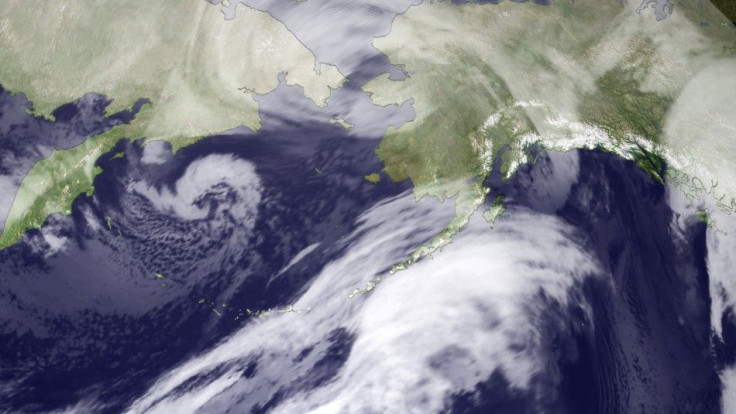Houses Damaged, Runway Flooded as ‘Epic’ Storm Hits Alaska

A storm of an epic intensity hit the western coastline of Alaska Wednesday, causing flooding and power failures. It inflicted damage to buildings in coastal villages.
The life-threatening storm that is listed as having Category 3 hurricane force wind by the forecasters is said to be one of the worst storms on record.
Winds up to 89 mph damaged sheds and roofs of the houses and 40 feet high waves surged from the Bering Sea, causing flooding in coastal areas. The runway at Point Hope airport was submerged in floodwaters.
Residents staying in the low-lying region of Nome and other coastal areas were immediately evacuated after the forecasters had warned of a big storm and hence there was no report of death or injury till date.
A storm of epic proportions, as described by a meteorologist, ratcheted up to a level much higher than we've been accustomed to, said Jeff Osiensky, the regional warning coordinator for the National Weather Service.
It is on the line of a pretty destructive hurricane, he said.
He said the wind speed might taper down but the water levels would remain high and new surges of floodwaters were expected.
According to the Associated Press, the meteorologists have warned that a potent upper level disturbance is expected to bring 3 to 8 inches of snowfall to the Anchorage area by Thursday afternoon.
Peak water levels reportedly gushed in Nome, Point Hope and other native villages, state emergency managers said earlier Wednesday.
Residents staying in low-lying areas moved to schools and high-rise buildings as the powerful winds blew off the rooftops and sheds at a few places. The whistling wild winds, snow and the high water levels have made it even more difficult for people to commute and even see across the street.
What we're seeing now is the winds turn more southwest, so there's been a brief lull in the weather. Now it's going to get worse again for several hours before it starts to get better for good, before the storm ultimately weakens and heads off to the north, said Andy Dixon, National Weather Service meteorologist in Anchorage.
© Copyright IBTimes 2025. All rights reserved.





















